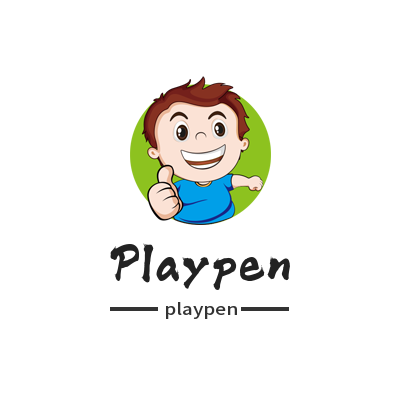A playpen can help foster independence in your child to some extent, although it's not the only way.
A playpen can provide a relatively safe space for babies to explore and move freely without direct supervision. This autonomous and exploratory behavior helps babies develop cognitive, motor and perceptual skills. They can crawl, stand, explore toys, etc. freely in the enclosure, which helps them exercise their muscles, improve their balance, and learn how to interact with the environment independently.
In addition, playpens can also provide parents with a certain sense of safety and security. When parents need to complete some short-term tasks or observe their babies, the playpen can provide a safe environment so that parents can handle other matters with peace of mind.
However, it is important to realize that playpens should not be viewed as completely replacing parental supervision and interaction. Parents still need to give their babies enough attention and companionship to meet their emotional and developmental needs. At the appropriate time, parents should give their children more freedom and independence, gradually reduce their dependence on the playpen, and promote their children's independent development through parent-child interaction and appropriate guidance.

Create a safe environment for exploration: A playpen can provide a relatively safe space for children to explore and learn freely. In a playpen, children can develop their sensory and motor skills through activities such as touching, exploring toys, crawling and standing, while also learning independence in a relatively controlled environment.
Moderate challenge and independent decision-making: Inside the playpen, your child can face some moderate challenges, such as trying to stand or crawl to the edge of the playpen. This kind of challenge helps stimulate children's curiosity and spirit of exploration, and develops their ability to try to solve problems when faced with them. Parents can give their children some opportunities to make decisions independently within a safe range, such as choosing toys or deciding what activities to do in the fence.
Gradually reduce reliance on playpens: As children grow, parents can gradually reduce the use of playpens and give children more freedom and space to explore. This helps children gradually build confidence in their abilities and learn to act independently in a safe environment.
Encourage parent-child interaction and guidance: Although a playpen can provide some autonomy, parents still need to be actively involved in their child's exploration and learning process. Parents can play, interact and explore with their children, providing emotional support and guidance to help children understand dangers and safety in their environment and learn how to respond to different situations.
Overall, a playpen can be a helpful tool in fostering your child's independence, but it's not the only way. Parent-child interaction, the creation of a safe environment, and appropriate challenges and independent decision-making are all important components in cultivating children's independence.

